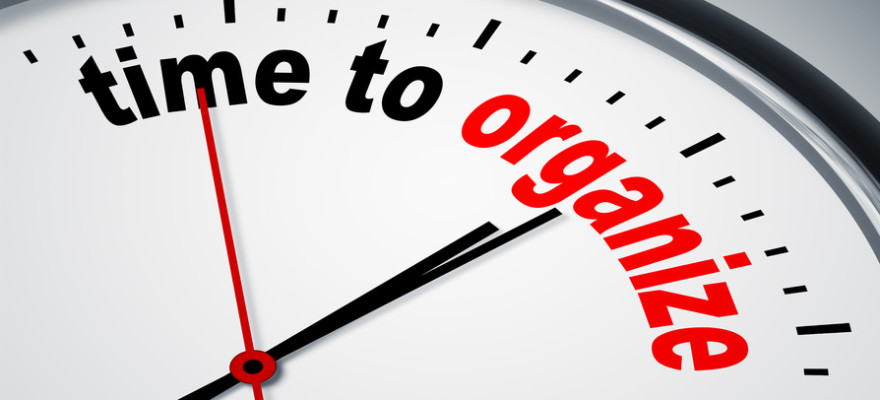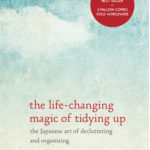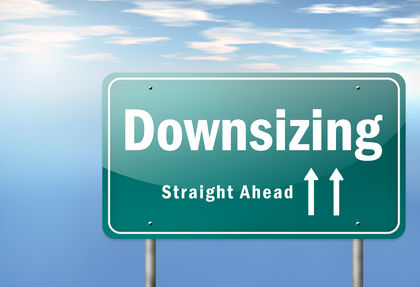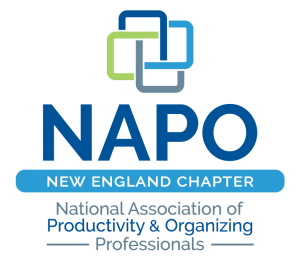How To Organize
 My 9 year old niece slept over a few weeks ago, and several times throughout the weekend, she asked the definition to words my husband and I used which she didn’t know the meaning. It made me think of the definition of the word ORGANIZE. The Merriam-Webster dictionary defines the word organize as “to arrange or order things so that they can be found or used easily and quickly : to put things into a particular arrangement or order”. I have found in working as a Certified Professional Organizer® that each individual I work with, has a clear idea of the definition of the word organize, but they struggle with how to achieve it. I think much of the struggle lies in the misconceptions of what it takes to become organized.
My 9 year old niece slept over a few weeks ago, and several times throughout the weekend, she asked the definition to words my husband and I used which she didn’t know the meaning. It made me think of the definition of the word ORGANIZE. The Merriam-Webster dictionary defines the word organize as “to arrange or order things so that they can be found or used easily and quickly : to put things into a particular arrangement or order”. I have found in working as a Certified Professional Organizer® that each individual I work with, has a clear idea of the definition of the word organize, but they struggle with how to achieve it. I think much of the struggle lies in the misconceptions of what it takes to become organized.
The first misconception is that we are either born an organized person or we are not. This is incorrect. There is no organizing gene. Organizing is a skill that everyone can learn and improve upon. How do we go about learning and improving other skills, like playing a musical instrument, typing, golf, knitting? We may sign up for classes. We may work with an instructor one-on-one. We would most certainly practice. This is what is required with the skill of organizing. What if we spent 20 minutes a day practicing organizing? Would we improve our organizing skill? I challenge you to do it, and let me know what happens.
The second misconception is that we can become organized by buying the “right” containers. Organizing is not product. It is action. Although organizing products and tools can facilitate the organizing process, the act of doing makes it work. The three most important actions that are required in organizing are:
- deciding whether to keep something,
- deciding where to put it,
- putting it in the same spot again, and again, and again.
These three action steps are what we do to practice organizing. Again, I challenge you to do it, and let me know what happens.
The third misconception is that we can organize just once and be done with it. Unfortunately, organizing is like dishes and laundry. It doesn’t go away, and it needs to be maintained or the disorder grows. It is important to reclaim order before clutter piles up and things get out of control. I recommend spending at least 15 minutes a day reclaiming order. Again, I challenge you to do it, and let me know what happens.
If you struggle with how to organize, take a closer look at these misconceptions. Do you practice organizing? Do you take action through decision making and putting things in the same spot? Do you give yourself time to reclaim order? What would change if you took steps to disprove these misconceptions? Do, and find out!
© April 2016 Janine Cavanaugh, Certified Professional Organizer® All rights reserved

















Follow Me